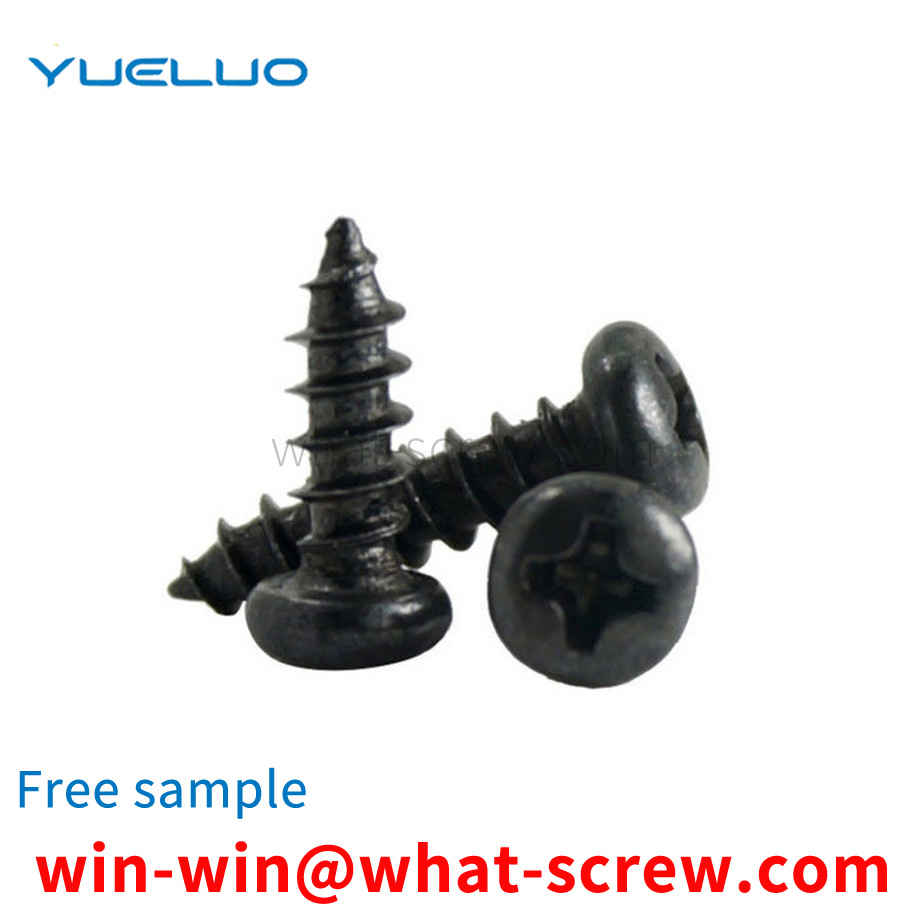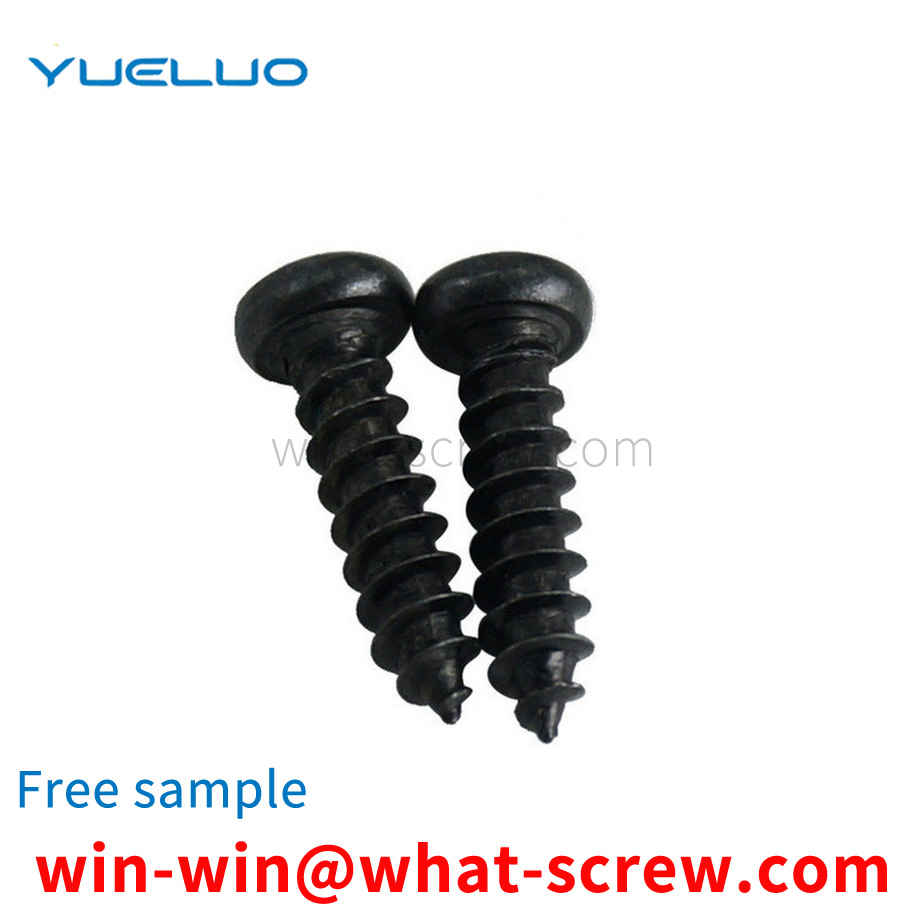Fig. 1, Fig. 2, and Fig. 3 show that the rivet nut is cut into the required blank from a chemically treated low carbon steel disc, and the blank is placed in the die, and the upper and lower punches are used for shaping to obtain a shaped blank. , and then put the shaped blank in the die, use the punch punch to cold-head out the required brim blank (1) and the deformed skirt (2), and then use the punch punch in the die to continue Cold heading out the brim blank (1) and the deformed skirt (2). Then put the semi-finished material into the concave die and use the punch of the punch to continue to squeeze the threaded hole (3) of the nut tapping skirt, and then put the semi-finished blank into the concave die and use the upper punch and the lower sleeve to drop it. material. There are fish teeth (6) below the brim; the outer side of the lower end of the threaded hole is provided with a chamfer (5); the cross-section of the thread of the inner wall of the threaded hole is an isosceles trapezoid, and the upper bottom of the trapezoid is a concave arc (4), In this way, the riveted object is firmly connected to the rivet nut.
The classification of the second combination screw is divided according to the material of the screw wire and the hardness index of the screw wire. Generally, the two combination screws are divided into stainless steel and iron, and stainless steel is divided into stainless steel 201, stainless steel 304 and stainless steel 316. Iron is divided into three types: low carbon steel, medium carbon steel, and high carbon steel. Carbon steel combination screws refer to iron combination screws. Generally, iron combination screws are classified into grades 4.8, 8.8, 10.9, and 12.9. But in the market, the combination screws of grade 10.9 and grade 12.9 are rarely used, so we won't talk about it here. And the two combination screws on the market are more commonly used combination screws of grade 4.8 and 8.8. 4.8 grade combination screws are generally made of 1010A screw wire rods. After the screw wire rods are beaten into screws, they are combined with spring flat washers. After production, this 4.8 grade combination screw does not need to be hardened. Its hardness can reach 4.8. The 8.8 grade combination screw is generally made of 10B21 screw wire. After the screw wire is punched into a screw, it is equipped with a spring washer and a flat washer, and the three pieces can be combined and rubbed by an automatic spring-flat washer machine. Fasten the spring-flat washer combination on the screw, and the spring-flat washer will not fall off. After the combination screw is produced, it needs to be hardened to make the hardness reach 8.8. After the hardness reaches 8.8, we need to take it for electroplating. In order to prevent hydrogen embrittlement of the spring washer in the 8.8-level combination screw with added hardness, it is easy to break. In this way, it is necessary to carry out hydrogen removal treatment on the hardened combined screws, and the electroplating can only be done after the hydrogen removal.
Reference standard GB 90 Fastener acceptance inspection, marking and packaging GB 196 Basic dimensions of ordinary threads (1~600mm in diameter) GB 197 Tolerance and fit of ordinary threads (1~355mm in diameter) GB 230 Test method for Rockwell hardness of metals GB 699 High-quality carbon Plain structural steel technical conditions GB 1237 Marking method of fasteners GB 5267 Electroplating layer of threaded fasteners GB6394 Determination of average grain size of metals
The following standards contain provisions which, through reference in this standard, constitute provisions of this standard, and at the time of publication of this standard, the editions indicated were valid. All standards are subject to revision and parties using this standard should explore the possibility of using the latest edition of the following standards. GB/T90-1985 Fasteners Acceptance Inspection, Marking and Packaging -1985 Cross recessed screws GB/T1237-2000 Fastener marking method GB/T3098.1-2000 Mechanical properties of fasteners Bolts, screws and studs GB/T3098.6-2000 Mechanical properties of fasteners, stainless steel bolts, Screws and studs GB/T3098.10-1993 Mechanical properties of fasteners Bolts, screws, studs and nuts made of non-ferrous metals GB/T3103.1-1982 Fastener tolerances Bolts, screws and nuts GB/T3106-1982 Bolts , The nominal length of screws and studs and the thread length of ordinary bolts -2000 Fastener surface defect bolts, screws and studs, general requirements GB/T16938-1997 Fastener bolts, screws. Studs and nuts general technical conditions
Riveting is a method for combining two pieces of metal. Therefore, riveting technology is often used to fasten rivets such as nuts or rivets to metal sheets.
We have many years of experience in the production and sales of screws, nuts, flat washers, etc. The main products are: 4190 hexagon nuts, bolts and nuts, buttonhole copper high-foot wide-brimmed eyelet button rivets, slotted female nuts and other products, we can provide you with suitable products Your fastener solution.



















 Service Hotline
Service Hotline




